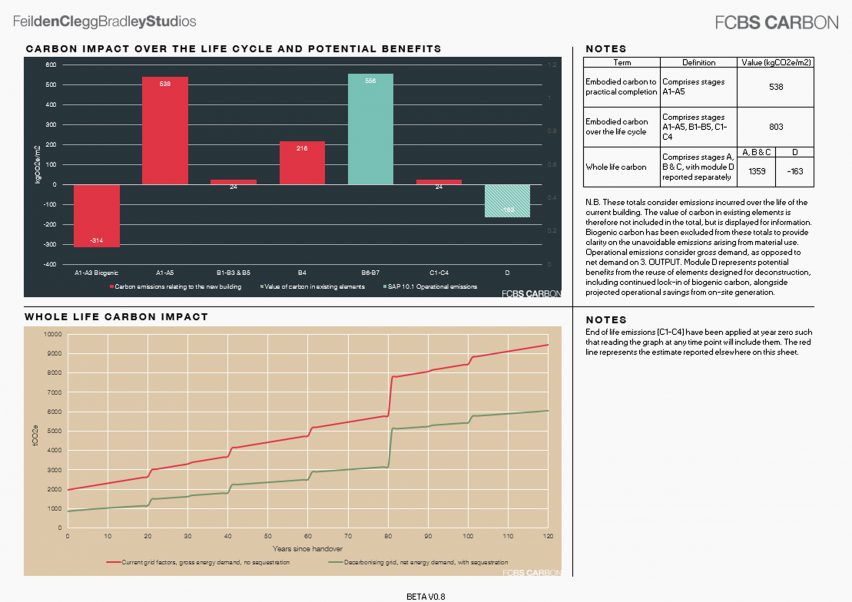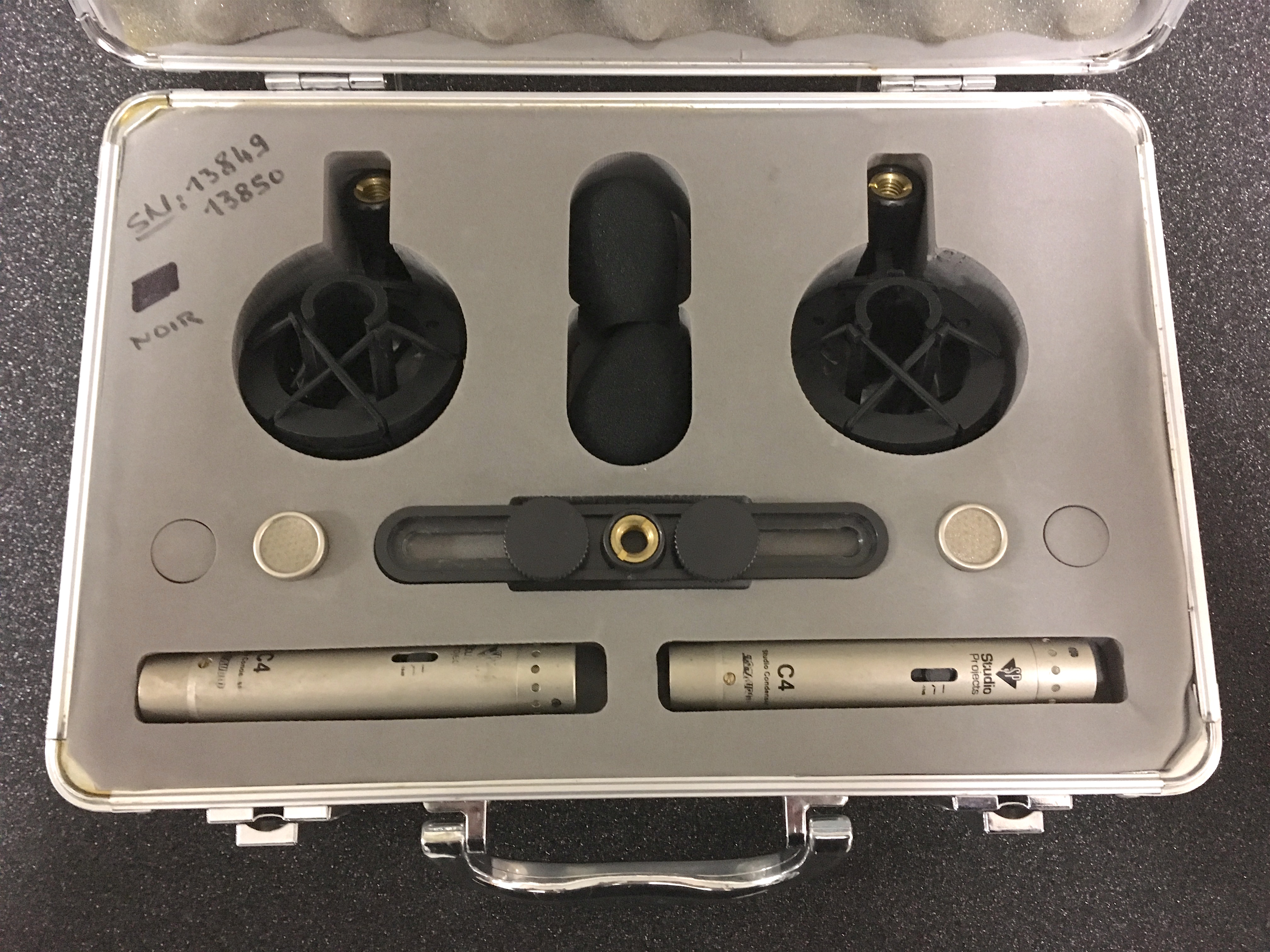



The description and title of this roundtable appealed to me not only because it combined two of my interests in composition studies but also because of the emphasis on ambiguity. Session C4: “Design Thinking and Game Design: A Productive Relationship for Writing Pedagogy” Presenters: Sarah Lozier-Laiola, Joy Robinson, Laquana Cooke, Lisa Dusenberry


 0 kommentar(er)
0 kommentar(er)
